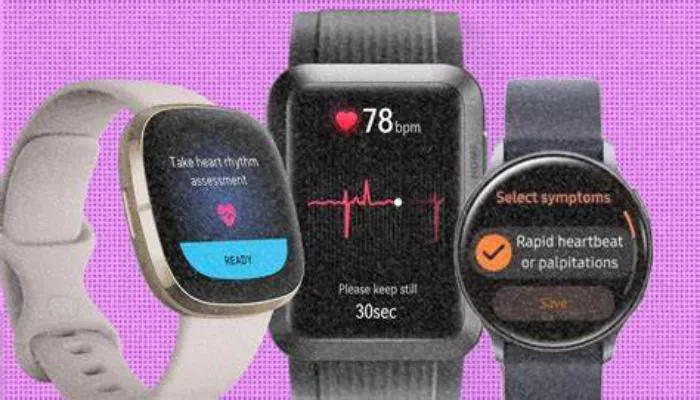Heart rate monitoring has become a standard feature in smartwatches and fitness trackers, but electrocardiogram (ECG/EKG) capabilities are now rapidly gaining traction. This technology, once exclusive to medical settings, is helping users detect potential heart irregularities—particularly atrial fibrillation (Afib), a leading cause of stroke.
Introduced to wearables by the Apple Watch Series 4 in 2018, ECG functionality is now available across devices from Samsung, Google, Fitbit, Huawei, Garmin, Withings, and Coros. Below, we explore how this technology works, its benefits, and the top smartwatches currently offering ECG.
Leading Smartwatches with ECG Capabilities
Here’s a breakdown of the latest wearables equipped with ECG sensors:
- Apple Watch Series 10 & Ultra 2 (and Series 4-9, Ultra 1)
- Samsung Galaxy Watch 7 & Ultra (and Watch 4-6 series)
- Google Pixel Watch 3 (and earlier models)
- Fitbit Sense 2 & Charge 6
- Garmin Venu 3, Fenix 8, Forerunner 970
- Huawei Watch 5, Watch GT 5 Pro, Watch D2
- Withings ScanWatch 2 & Nova series
- Coros Vertix 2, Apex 2/Pro, Pace Pro
Each brand implements ECG differently, with varying levels of regulatory approval and regional availability.
How ECG Works in Smartwatches
Unlike clinical 12-lead ECGs, consumer wearables use a single-lead system, measuring electrical signals when the user touches a sensor (e.g., Apple’s Digital Crown or Fitbit’s metal frame). The 30-second reading detects heart rhythm irregularities, such as Afib, and logs results in companion apps for medical review.
Key Limitations: Cannot diagnose heart attacks or structural abnormalities. May produce false positives/negatives; clinical confirmation is advised.
Life-Saving Potential: Detecting Atrial Fibrillation
ECG wearables excel at identifying intermittent Afib, which is often missed in hospital tests. For example:
- Apple Watch and Samsung Galaxy Watch are FDA-cleared for Afib detection.
- Fitbit uses continuous PPG monitoring alongside ECG spot checks.
- Withings ScanWatch proactively alerts users to irregular rhythms.
Medical Perspective: Dr. Keith Grimes, a GP and digital health expert, notes that while wearable ECGs are not as precise as medical-grade devices, they empower users to track symptoms and share data with doctors.
Challenges: False Alarms and Accuracy
Despite their benefits, wearable ECGs have limitations:
- False positives may cause unnecessary anxiety.
- False negatives could delay critical care.
Experts recommend using these tools as supplements—not replacements—for professional medical evaluation.
The Future of Wearable ECG Tech
As regulatory approvals expand and algorithms improve, ECG-enabled wearables are poised to become even more integral to personal health monitoring. For now, they offer a valuable window into heart health—with the caveat that professional consultation remains essential for concerning readings.
Final Advice: Use ECG features during rest for optimal accuracy. Consult a doctor if irregular rhythms are detected. Stay informed about regional availability, as not all features are accessible worldwide.


